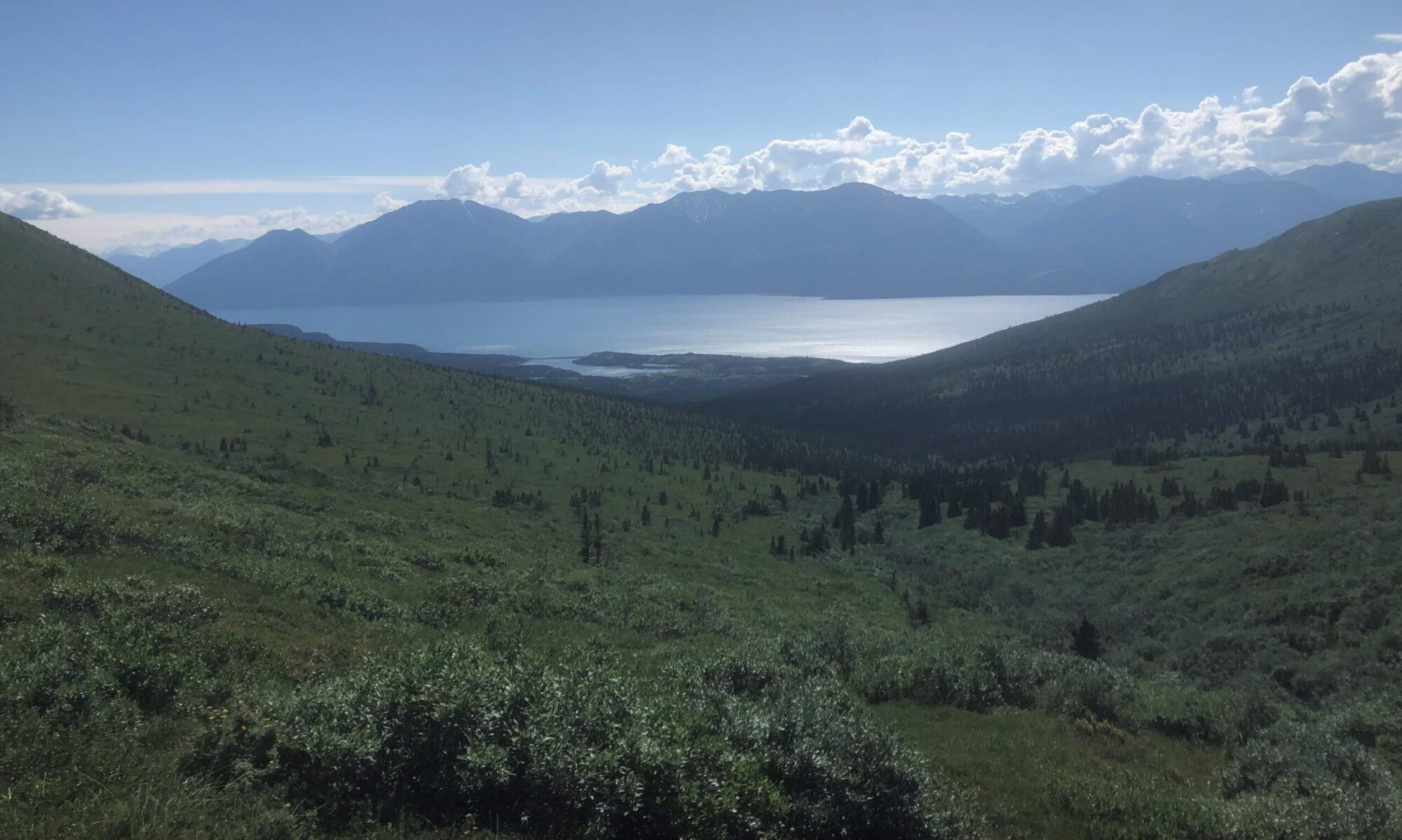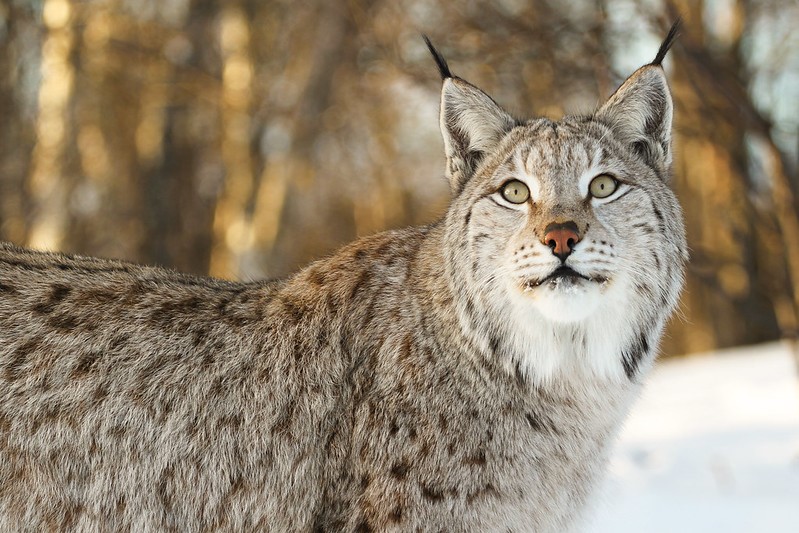NordBorN researchers have estimated and mapped historic biomass densities of large herbivores and carnivores across Norway. The current high densities of wild ungulates, especially moose and roe deer, contrast with historically high densities of livestock. Carnivores show a low level of recovery from near absence in the mid 20th century. However, densities are far below where they were in the 19th century.
These findings have implications for borealization: Previous studies have shown that herbivory can prevent the spread of boreal species into the tundra, yet it is clear that the trophic interactions involving large herbivores and carnivores are highly dynamic in both time and space.
Reference: Speed, J.D.M, Sobocinski, A., Kolstad, A. L., Linnell, J. D., Solberg, E. J., Mattisson, J., & Austrheim, G. (2025). The trophic distribution of biomass in ecosystems with co-occurring wildlife and livestock. Scientific Reports, 15(1), 1474. https://www.nature.com/articles/s41598-025-85469-2
Photo: Lynx (Erik F. Brandsborg, CC BY-SA)

